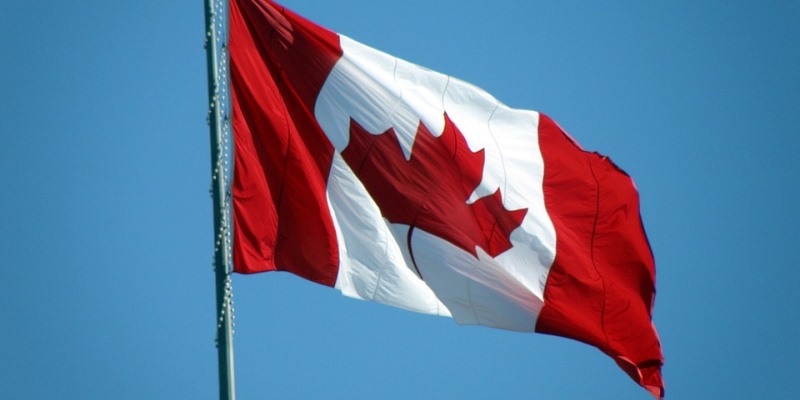Canada’s gloomy economic outlook may put federal finances at risk

During last month’s federal election campaign, many in the media—and in the Liberal Party—lauded the strength of Canada’s economy. Such optimism clearly affected the campaign platforms of several parties who called for marked increases in deficit-spending. In reality, however, Canada’s economy is much weaker and the risk of recession is increasing, which means any surge in discretionary government spending will erode federal finances if—perhaps more accurately, when—a recession arrives.
The first measure of an economy’s performance is economic growth; the degree to which the economy produces more goods and services than it did previously. The average rate of economic growth (after adjusting for inflation) for the last four years (2016-2019) is expected to be 2 per cent—roughly the same growth rate of the previous four years (2012-2015). So despite significant monetary and fiscal stimulus, the rate of economic growth has remained fairly low.
Perhaps more importantly, the consensus view of economists is that economic growth will slow in both the near and long-term. The Bank of Canada, for instance, recently reiterated its long-term expectation that economic growth will decline to 1.3 per cent.
So where does the optimism on the economy come from? Two stats were frequently cited by the economic cheerleaders—including the historically low rate of unemployment, which currently stands at 5.5 per cent.
But the low rate is due partly to fewer Canadians in the labour force because of our aging population. Subsequently, lower rates of job-creation will still produce lower comparative rates of unemployment. Over the last decade, the share of the population in the labour force has declined from 67.4 per cent to 65.4 per cent. As a result, many economists have concluded that the unemployment rate is no longer a good barometer of the overall economy.
During the campaign, the economic cheerleaders also noted that “one million jobs” were created since 2015. Again, there are issues with using this headline number.
Firstly, while 1.2 million jobs have been created, almost one-in-four of those jobs have been in the government sector. And half the provinces (along with the federal government) ran deficits in 2018, meaning that to a great extent these new government-sector jobs have been financed by debt, calling into question their long-term viability.
In addition, the employment growth has been uneven. Since October 2015 when the Liberals were first elected, approximately 75 per cent of employment growth has been in Ontario and Quebec. And within Ontario, the Greater Toronto region and Ottawa have boomed, with total employment growing by more than 12 per cent and 7 per cent respectively between 2008 and 2016, while southern and northern Ontario have not yet fully recovered from the 2008-09 recession.
Finally, and most worrying, is that business investment has not rebounded. Two-thirds of Canada’s domestic industries including energy, manufacturing, agriculture and transportation have experienced a decline in business investment since 2014. Indeed, Canadians continue to increase their investments abroad while foreigners continue to invest elsewhere.
Add to these domestic economic woes what appears to be a softening U.S. economy and increasing trade tensions, and the risk of recession has clearly increased. All of which increases the risk of federal finances deteriorating rapidly. The current deficit is expected to reach $20 billion this year, and the re-elected Liberals promised to increase the deficit to more than $27 billion—a 37 per cent increase—to finance new spending. Their likely partner in passing the next federal budget, the NDP, campaigned on increasing the deficit to $32.7 billion.
These discretionary spending increases, the automatic increase in the deficit that accompanies a recession (certain taxes automatically decline while spending on programs such as EI automatically increases) and any stimulus-type spending the Liberal government (supported by the NDP) may introduce, would result dramatically increase the deficit.
Clearly, the new government should recognize the economy’s weakness and risk of recession and hold new discretionary spending to a minimum to protect federal finances to the greatest degree possible so the country is better prepared for a likely recession.
Authors:
Subscribe to the Fraser Institute
Get the latest news from the Fraser Institute on the latest research studies, news and events.



